Minimal Editions - Local

Using recycled and durable materials is good.
Making them in Europe is even better.
- Tous
To achieve the minimum, you must give the maximum
In order to achieve the lowest possible CO2 impact, we have used every available measure without compromising on durability.
It all begins by imagining travel clothing that is suitable for 1000 situations, to avoid overconsumption. It also means designing equipment that has the longest possible life, both in terms of style and resistance, so that it outlives its owner.
It means asking the right questions about the materials used: resistance, performance, renewable and recycled materials, reduced-pollution dyes.
Finally, it means not ignoring the production phase, by reducing the fabric offcuts during cutting and the seams during assembly as much as possible
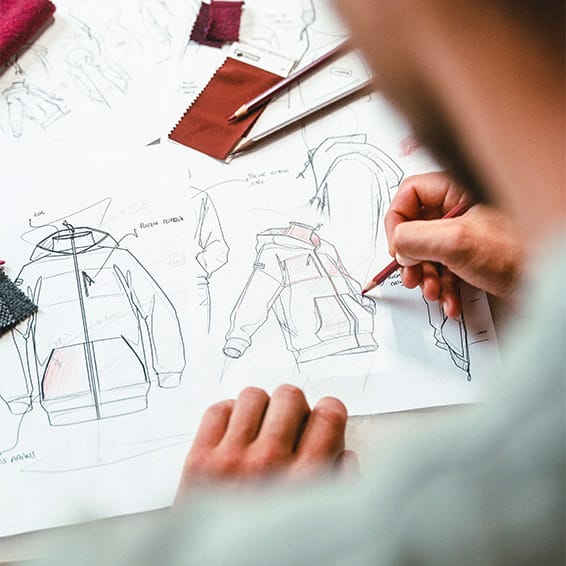
In Europe, no coal in cotton.
Made in Europe is much more than just words on a label but comes from an undeniable fact: when making clothing, the most CO2-emitting phase is the fabric production phase. Why? Mainly because many production zones (China, India, etc.) have factories whose electricity is produced from the combustion of coal. So we needed to start by creating a map of the countries with the lowest carbon production areas. And the good news was that the best are right on our doorstep, here in Europe.
We then approached a few long-standing European suppliers of the Decathlon group, as well as finding some new partners. And what came as a lovely surprise was that we didn't just meet with industrial partners who signed the contract, but we found they shared the same values as us.
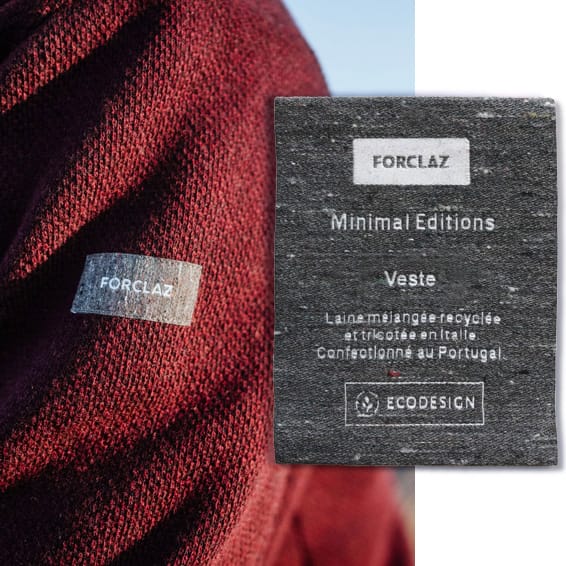
Go slowly, little by little, to do something well.
The most important lesson on we learnt from this was that “Exiting the motorway takes time”.
Time to dissect the CO2 emissions over the entire life cycle of the product, going back to the raw material. Time to consider all the possible materials and time to get used to re-evaluating what we know.
Lots of time to completely reassess our way of working: it is no longer a case of the manufacturer adapting to our designs, but rather it is our designs which adapt to the industrial constraints of European manufacturers.
And we need patience too because whereas we used to receive our prototypes in a week, it took three months to obtain those from smaller structures with fewer employees.
And to take the time to do things right, we decided to be sensible by starting with a range for men and producing a quantity of just 3050, only available on the Internet and in some Decathlon stores.
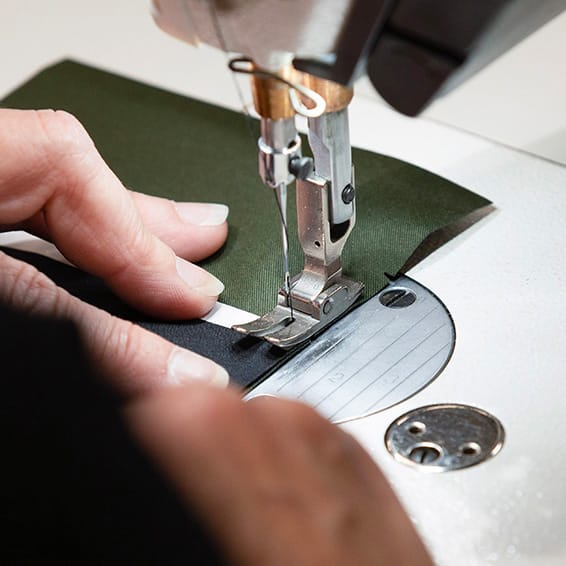







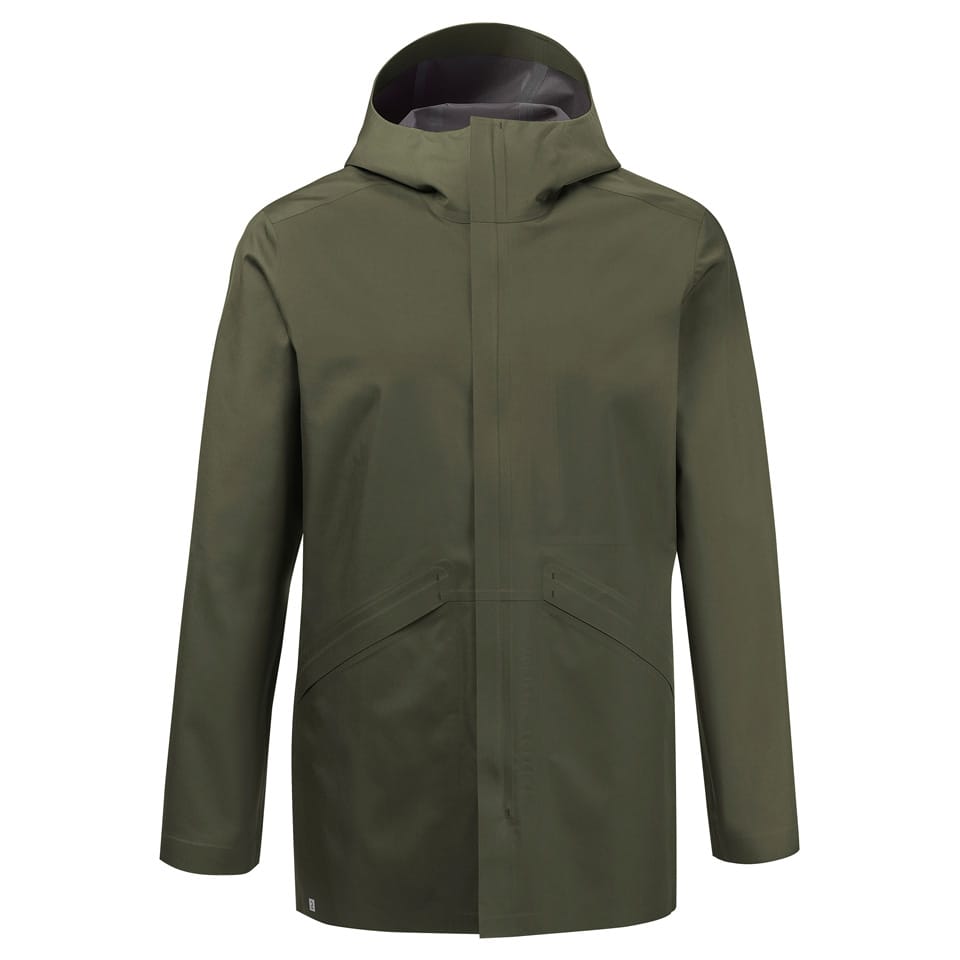

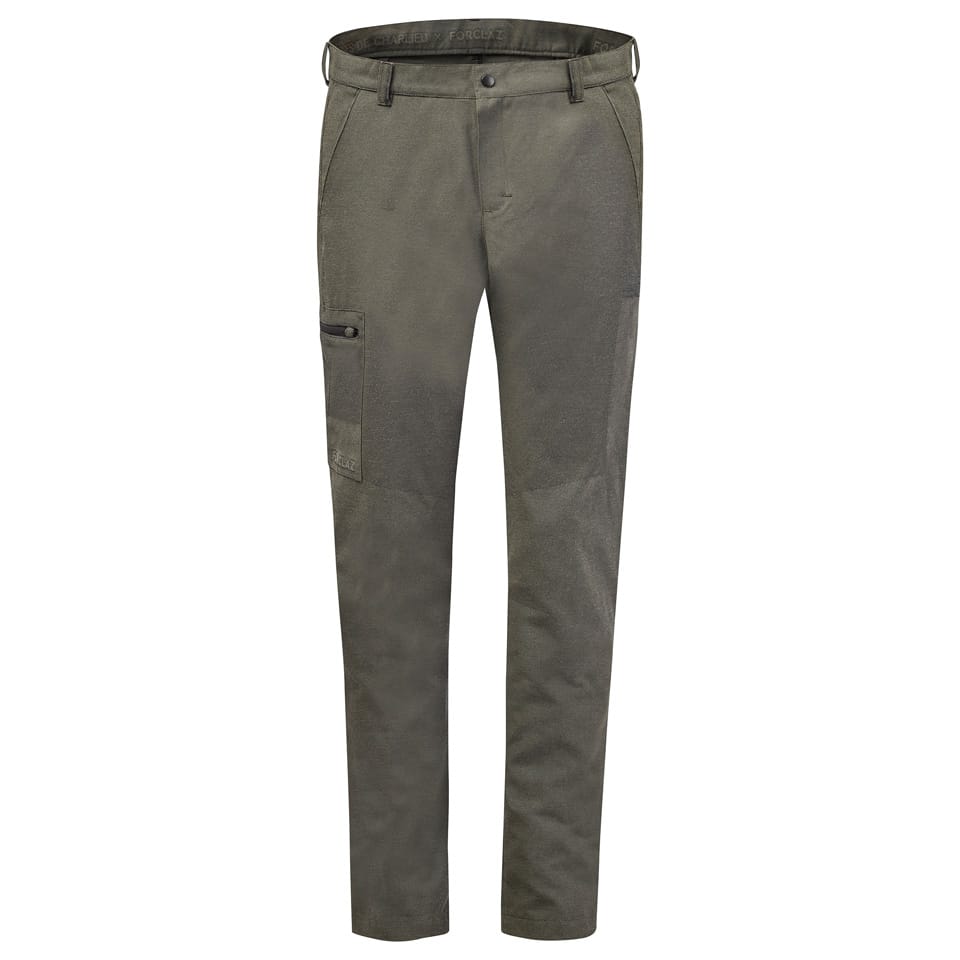

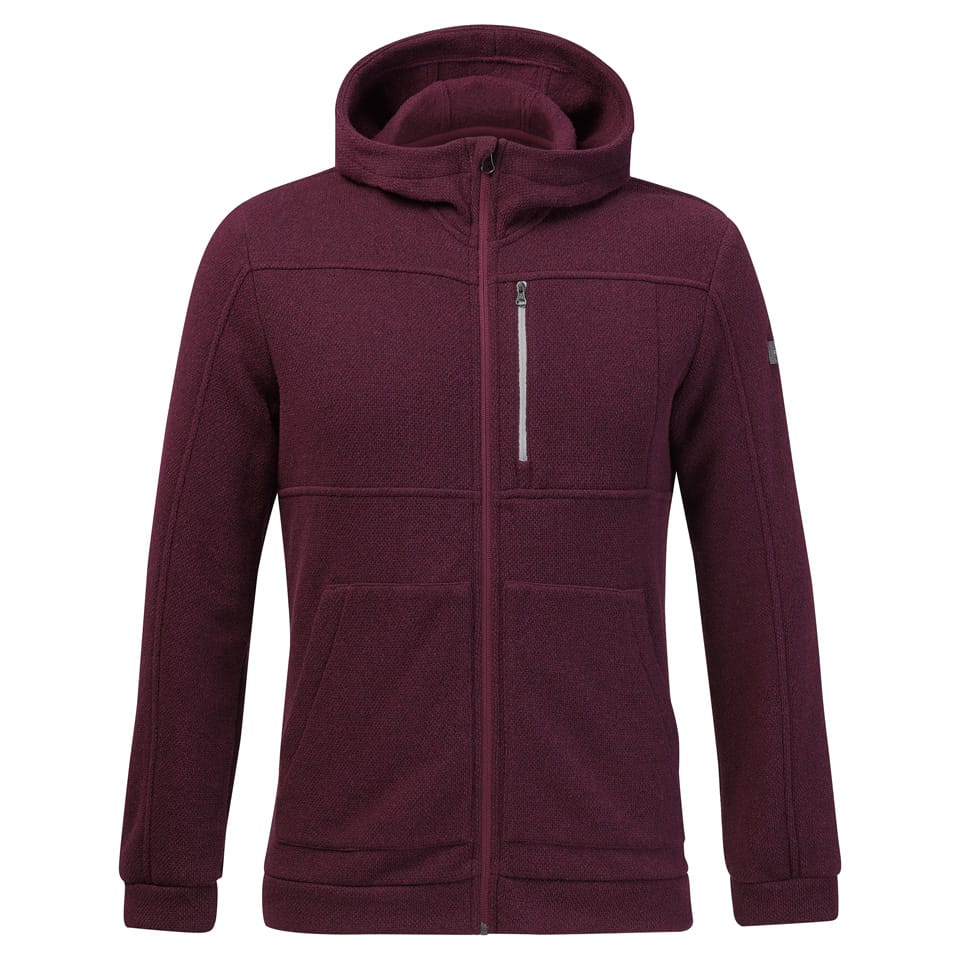



 Renting rather than buying
Renting rather than buying Repairing rather than discarding
Repairing rather than discarding Minimal Editions Undyed
Minimal Editions Undyed